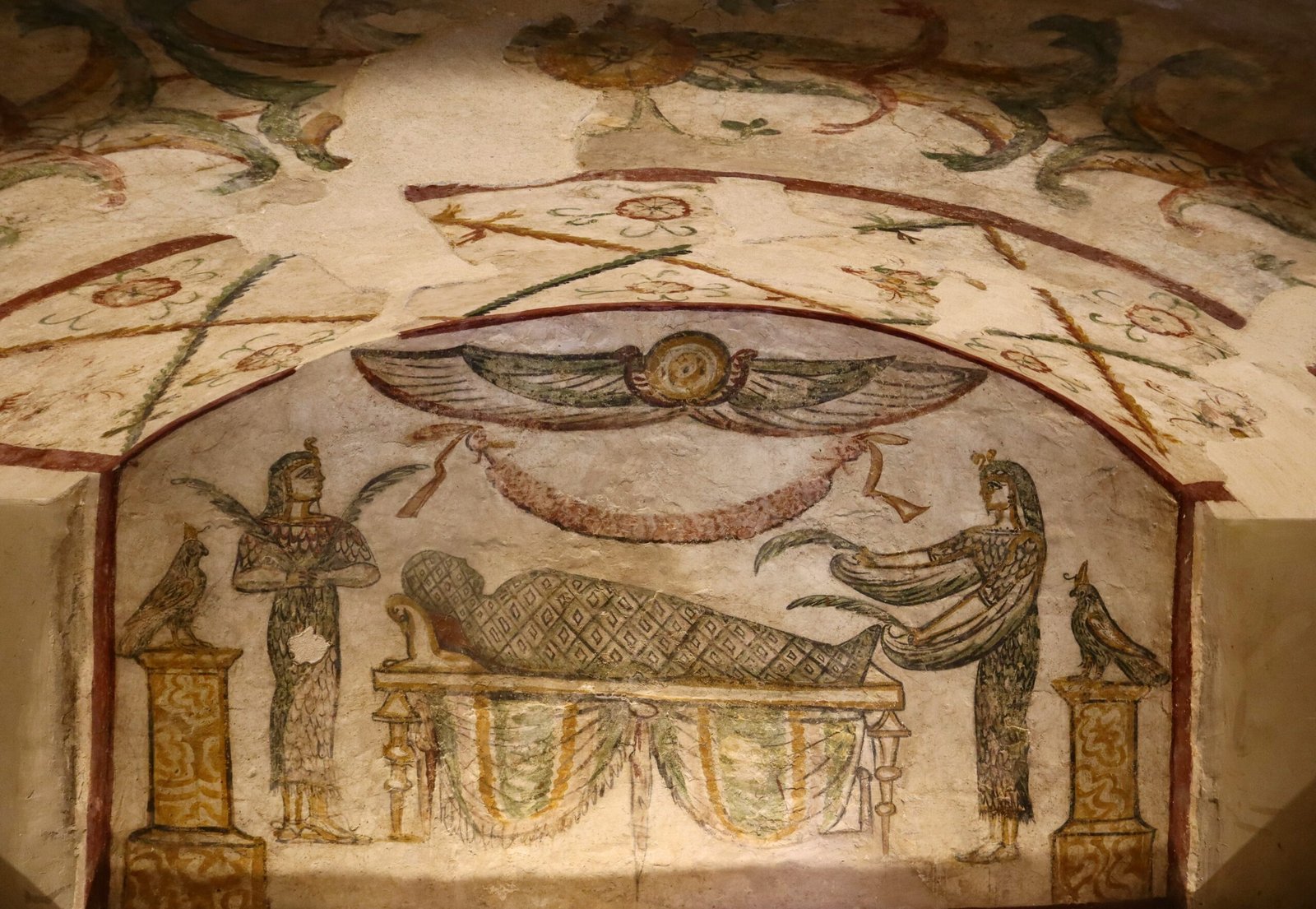Introduction
Hellenistic Egypt was a unique period in history where Greek and Egyptian cultures merged, resulting in a fascinating blend of religious beliefs and customs. One aspect of this cultural fusion was the exploration of sexuality, which played a significant role in the lives of the people during this era. In this article, we will delve into the sexual attitudes and practices of Hellenistic Egypt, examining how the blending of Greek and Egyptian traditions influenced the perception and expression of sexuality.
The Influence of Greek and Egyptian Religions
The Greeks and Egyptians had distinct religious beliefs and practices, and their gods and goddesses often represented different aspects of sexuality. The Greeks worshiped deities such as Aphrodite, the goddess of love and desire, while the Egyptians revered gods like Osiris and Isis, who symbolized fertility and procreation.
As Greek culture spread throughout Egypt during the Hellenistic period, the worship of Greek deities became more prevalent. This led to a blending of religious beliefs, as the Egyptians incorporated Greek gods and goddesses into their pantheon. This syncretism resulted in a more diverse understanding of sexuality, as both Greek and Egyptian deities were associated with different aspects of love, desire, and procreation.
Sexual Attitudes and Practices
In Hellenistic Egypt, sexuality was viewed as a natural and essential part of life. It was not solely limited to procreation but also encompassed pleasure and the expression of love and desire. Sexual relationships were not confined to marriage, and extramarital affairs were not uncommon.
Both men and women had the freedom to explore their sexuality, although societal expectations and gender roles still played a significant role. Men were often portrayed as the initiators of sexual encounters, while women were expected to be more reserved and modest in their behavior.
Prostitution was prevalent in Hellenistic Egypt, and it was considered a legitimate profession. Prostitutes, both male and female, operated in designated areas such as brothels and taverns. These establishments were regulated by the state, ensuring the safety and health of both the workers and their clients.
The Role of Art and Literature
Art and literature played a crucial role in shaping and reflecting the sexual attitudes of Hellenistic Egypt. Erotic art, including sculptures and paintings, was commonly found in private homes and public spaces. These depictions celebrated the beauty of the human body and the joy of physical intimacy.
Literature, particularly poetry, also explored themes of love, desire, and sexuality. The most famous example is the ancient Greek poet Sappho, whose works expressed her own experiences and desires as a woman. Egyptian literature, influenced by Greek poetry, also embraced these themes, further blurring the lines between the two cultures.
Conclusion
The blending of Greek and Egyptian religious beliefs and customs in Hellenistic Egypt had a profound impact on the sexual attitudes and practices of the people. It resulted in a more diverse understanding of sexuality, where pleasure, love, and desire were celebrated alongside procreation. The freedom to explore one’s sexuality, the acceptance of extramarital relationships, and the legitimization of prostitution were all characteristic of this unique period in history.
Art and literature played a significant role in shaping and reflecting these attitudes, with erotic art and poetry expressing the beauty of the human body and the joy of physical intimacy. The cultural fusion of Greek and Egyptian traditions in Hellenistic Egypt created a rich and complex tapestry of sexual attitudes and practices, which continue to fascinate and intrigue us today.

